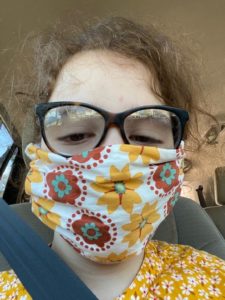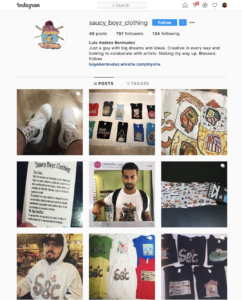On My Second Visit, Maybe I’ll Pet a Stingray
July 25, 2021 • 3 Comments • Posted in blindness, careers/jobs for people who are blind, technology for people who are blindJuly 26 is the anniversary of the Americans with Disabilities Act, and this year I’ll be celebrating it with the fishes.

The Shedd.
Chicago’s Shedd Aquarium contacted me last month to let me know about new ticketing kiosks with accessibility features they’d be installing soon. “We are hoping you’d be interested in assisting us in testing out the accessibility functions of our kiosks,” they wrote, explaining the process might require two separate visits. “We might only need an hour to start, and then we would probably bring you back for another session, after we make any of your recommended revisions.”
Of course I said yes.
It only dawned on me this past week that the day we chose to meet –this Tuesday, July 27 –is just one day after the anniversary of President George H. Bush having signed the Americans with Disabilities Act into law. In the spirit of that groundbreaking legislation, the Shedd Aquarium never expected me to volunteer my time for this project. They never assumed I am a disabled person sitting around at home with nothing to do, they actually respect my experience and will pay me for my work.
I’ve been to the Shedd many times before – attended the dolphin show with nieces and nephews, spoke on disability-related panels there, attended a wedding there, went multiple times to hear combos perform at “”Jazzing at the Shedd.” Lately I’ve been toying with heading over there sometime to maybe, just maybe, touch a stingray. Saying goodbye to you all now to ponder what a freelance accessibility consultant wears to a gig at a cool place like Chicago’s Shedd Aquarium. Will leave you with this info about the option to touch a stingray there:
How do you think a stingray feels? Soft, like a pillow? Squishy, like a marshmallow? How about scratchy, like sandpaper? There’s only one way to find out — at Shedd’s Stingray Touch experience.
Dip your hand into a shallow tropical pool and discover the unique texture and movement of a school of stingrays as these fascinating fish glide through the water in Shedd’s first outdoor environment. You’ll also learn how we care for all of the stingrays living at Shedd and how your actions can protect them in the wild.
Kudos to the Shedd for respecting the needs of visitors who have disabilities, and also for their continuing efforts to leave everyone who visits with ways to help the environment. Looking forward to my trip over there Tuesday.



